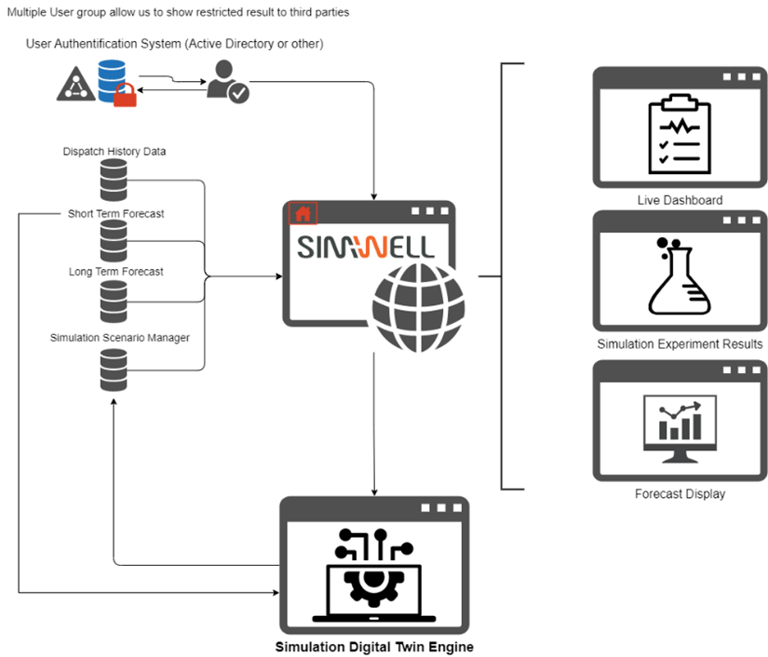
Many different industries have discussed the aspects of fleet electrification, from its money-saving benefits to its reduction in time spent on maintenance. Transitioning a company’s fleet from traditional to electric vehicles may seem like a great idea, but it’s important to understand the pros and cons before getting started.
What Is Fleet Electrification?
Fleet electrification is the process of changing an organization’s fleet from internal combustion engine (ICE) vehicles to electric vehicles. A fleet may include delivery vans, large trucks, buses, and company cars.
Fleet electrification requires more than simply trading in a few vehicles. Businesses must also equip vehicle depots and garages with the appropriate charging infrastructure, which can take additional time and resources.
What Are Some Benefits of Fleet Electrification?
Fleet electrification has some serious upsides. Here are just a few to consider as you decide whether the switch is worthwhile for your organization.
Fuel Savings
Although it may require a large investment upfront, fleet electrification is likely to save businesses money over time because they’ll spend much less money on gasoline.
Maintenance and Repair Savings
Maintaining electric vehicles costs less than traditional vehicle maintenance. The standard cost of a typical automotive repair can range from $500-$600, but research conducted by Consumer Reports found that electric vehicles require significantly less upkeep, and they cost less to repair than gas-powered cars. Electric vehicle drivers pay about half of what traditional vehicle drivers pay for repairs and maintenance, saving an average of $4,600 over the lifespan of their vehicles.
Tax Advantages
Purchasing electric vehicles also may also offer some tax advantages depending on your location. Every region has its own stipulations. These are the ones for North America:
- To qualify, vehicles must be assembled in North America.
- Pre-owned EVs sold by dealerships will only be eligible for a one-time tax credit.
- A higher percentage of battery minerals and components will have to be sourced from the U.S. or one of its free-trade partners to be eligible for the credit as of March 2023.
- New limits have been placed on the price of the vehicle and the buyer’s income. If either number is too high, the buyer won’t qualify to receive the credit.
What Are Some Disadvantages of Fleet Electrification?
Although the upside of fleet electrification is substantial, the change may present some disadvantages for your organization. They may not be prohibitive in your decision-making process, but be sure to understand the following before making a commitment to convert:
- Upfront costs: Electric vehicles tend to be more expensive upfront.
- Batteries: Electric vehicle batteries can also be extremely expensive to replace, even if they’re covered by warranties.
- Vehicle autonomy: Limited vehicle autonomy can impact operations.
- Charging requirements: The charging process may disrupt a vehicle’s maintenance process.
- Electricity costs: Electricity costs can rise significantly if the peak power demand is not managed properly.
How Can a Business Start the Fleet Electrification Process?
Ready to get started with your organization’s conversion to an electric fleet? Here are a few first steps.
1. Start Planning
The fleet electrification process can take a few months to a few years, so it’s ideal to start calculating the costs and identifying short-term and long-term goals as soon as possible. Be sure to address questions such as “How much will fleet electrification cost?” and “What type and size of charging infrastructure will we need?”
2. Do the Math
Although electric fleet vehicles typically demand a larger upfront investment over traditional fleet vehicles, they can lead to more cost savings down the road. Make sure to crunch the numbers and understand the overall costs.
3. Work with a Partner That Can Help
SimWell uses historical data and operational plans to help with the planning and execution process of fleet electrification. We map out your current and electrification-related processes, helping your business identify exactly what it needs, such as:
- Charger types, maximum power, and center layout
- Vehicle charging sequence
- Vehicle pull-out and pull-in, and parking space attribution
- Vehicle schedule assignments
- Site layout and design
- Available charging options
- Optimal routes and charging schedule
- Charging process plans to ensure vehicles are always available
Is Fleet Electrification the Right Choice for Your Business?
Interested in fleet electrification but unsure of how to get started? SimWell can deploy a dynamic animation view that features live metrics to identify bottlenecks, potential issues, and the success rates of different fleet electrification scenarios.
Ready to get started? Let’s talk today!






